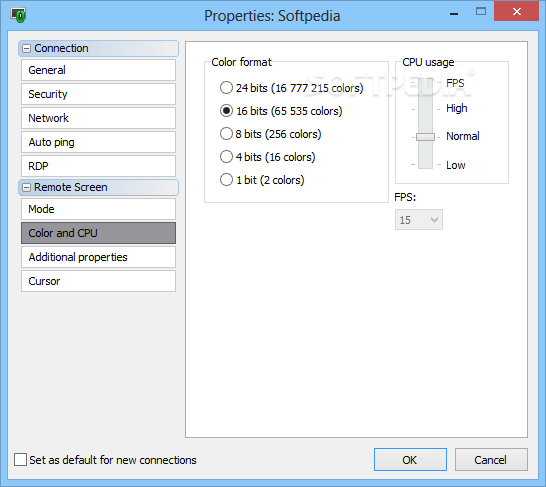

Remote Utilities for Windows: Final verdict Remote Utilities also runs a community forum, where support team members frequently respond to questions. Thankfully, you can get answers to most questions through the company’s online documentation. The responsiveness of Remote Utilities to support requests depends on your license. This takes around 5 minutes per endpoint computer, and potentially longer if you’re routing connections through an in-house secure server rather than over the internet. But, once that’s done, you need to connect to each remote computer one at a time and verify the connection.

Downloading and installing the technician and endpoint versions of the software onto the appropriate computers is fast. Unfortunately, getting started with Remote Utilities is pretty cumbersome.

Remote Utilities is also developing clients for Mac and Linux computers, but they’re in beta at the time of writing. You still can’t connect to one of these devices as a host, though. It’s worth noting that while Remote Utilities primarily works for Windows, there’s also a controller app available for iOS and Android devices. IT managers can thus set up user-based access roles, sync host computer addresses for all technicians, and add additional layers of security. (Image credit: RemoteUtilities)Īnother thing that many business users will appreciate is that Remote Utilities enables you to integrate with your own server.


 0 kommentar(er)
0 kommentar(er)
